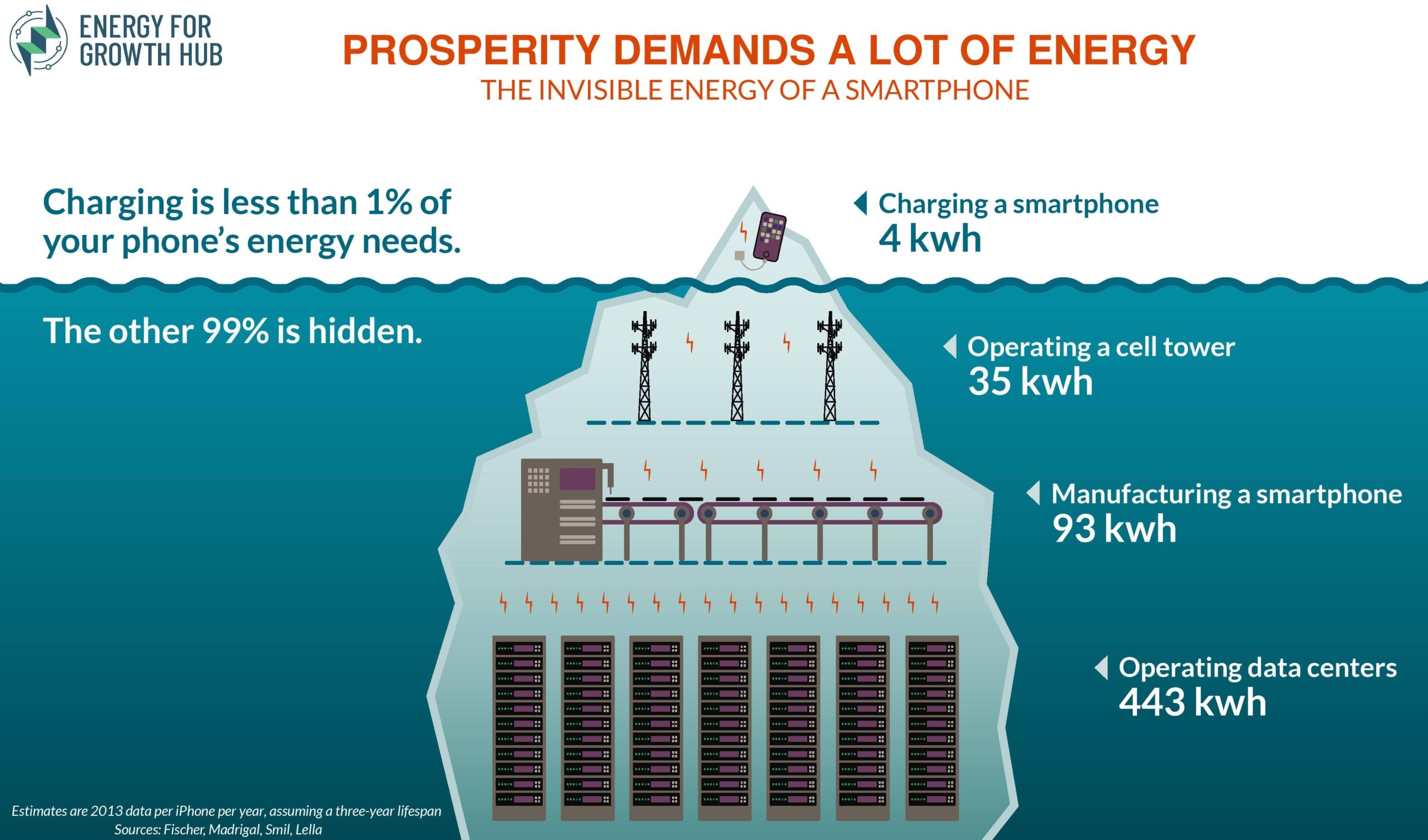This memo is adapted from the 2023 World Bank report Digital Africa: Technological Transformation for Jobs, co-authored by Tania Begazo, Hub Fellow Moussa P. Blimpo, and Mark Dutz.1
Summary & Relevance
Job creation is an urgent priority for all African economies. Expanding the use of digital technologies (for example: smartphones, tablets, internet-enabled productivity-enhancing solutions in management, financing, training, etc.) creates jobs, boosts productivity, and raises incomes. But while mobile internet coverage has expanded rapidly across Africa, actual usage of digital tools remains quite low. The lack of reliable electricity is one big reason why, among others. Efforts to expand digitalization should be integrated with support to strengthen and expand the power system (and vice versa). The future of work depends on it.
The Context
Job creation is an urgent priority for African economies. By 2100, Africa’s working age population is projected to triple, rising to over 2.5 billion — and the number of Africans entering the workforce each year will exceed the rest of the world combined.2 This demographic boom could be a dynamic source of young, talented, tech-savvy workers to innovate and drive economic growth — if they can find jobs. Otherwise, the coming surge in Africa’s working-age population could be an immense burden and source of growing instability for the continent’s struggling economies.
We know that expanded internet access can help: it’s been shown to have broad positive impacts on African labor markets. Recent studies document positive impacts including job creation, earnings, and productivity growth in countries like Kenya, Nigeria, Tanzania — and in multi-country studies.3 Strikingly, these impacts tend to be inclusive across population segments and help reduce poverty — even though, historically, new technologies have tended to disproportionately benefit the highly-skilled.4
African countries (and their international partners) are increasingly making digitization a key pillar of development. African countries including Kenya and Nigeria have made massive digitization an important component of their strategic agendas.5 The African Union’s roadmap to development gives digitization a prominent role, as does Sustainable Development Goal 9, which aims to achieve universal and affordable access to the internet. The World Bank’s Digital Economy for Africa Initiative, the African Development Bank’s 4IR Fund, and the U.S. Digital Transformation with Africa Initiative pursue similar goals.
The Problem: Across Africa, internet availability has expanded, but actual usage of digital tools lags far behind.
The reach of 3G and 4G networks across Africa has expanded significantly in the past two decades, but the number of mobile internet subscribers has remained almost flat (see figure 1). Almost three-quarters of Africans who have coverage don’t actually use digital technologies — meaning the region has the world’s largest uptake gap.6 Most African firms still use largely analog solutions for business functions. And the usage gap exists across all income groups, meaning it’s not simply a reflection of the region’s relatively low income levels.

FIGURE 1: The gap between mobile internet coverage and usage in sub-Saharan Africa
The Solution: A digital transformation that drives job creation will require complementary investments — including cheap, abundant, reliable electricity.
Digitalization requires robust, reliable electricity as a key input along the digital economy’s entire value chain — from operating data centers and cell towers, to manufacturing cell phones and other devices (see figure 2).

FIGURE 2: Electricity requirements for digital development
Globally, countries that achieved rapid digital development relied on complementary investments. In China, rapid growth in internet use and e-commerce wouldn’t have been possible without complementary investments in electricity access, physical infrastructure, and education to ensure that poorer populations were not left behind. By 1990, although China’s GDP per capita was less than half that of Nigeria today, the country’s electricity access was already at 90%, providing a foundation for rapid digitalization that included rural areas.
Efforts to support either digital or energy infrastructure are too often made in isolation. We analyzed the project appraisal documents (PADs) of 106 African infrastructure projects led by the World Bank’s “Digital Development” or “Energy and Extractives” teams — and found low levels of complementarity in project design.7 The overall cross-sectoral coordination is not deep, but the Bank’s Digital Development Global Practice’s PADs are more likely to mention energy components in the design stage than their Energy and Extractives Global Practice counterparts. This may not be all that surprising, since the internet requires electricity to function — not the other way around. But the two are actually mutual complements for firms and household production functions.
Investments in digital technology and electricity must go hand-in-hand. Without reliable electricity, widespread use of the digital technologies needed to power job creation won’t be possible. And the reverse is also true: expanding electricity service to lower-income areas won’t be financially viable unless people and businesses have appliances (including digital technologies) that enable them to consume power and generate the income to pay for it. Cross-sectoral interventions that consider infrastructure for both digital development and electricity provision can increase efficiency, including possibilities for infrastructure sharing and helping to reduce costs.
Endnotes
- This is an adaptation of an original work by The World Bank. Views and opinions expressed in the adaptation are the sole responsibility of the author or authors of the adaptation and are not endorsed by The World Bank.
- United Nations Department of Economic and Social Affairs, World Population Prospects 2019.
- Suri and Jack, “The Long-Run Poverty and Gender Impacts of Mobile Money”, Science 354(6317):1288-92, 2016; Casaburi et al., “Harnessing ICT to Increase Agricultural Production: Evidence from Kenya”, Working Paper, Innovations for Poverty Action and Abdul Latif Jameel Poverty Action Lab, 2019; Bahia et al., “The Welfare Effects of Mobile Broadband Internet: Evidence from Nigeria”, Policy Research Working Paper 9230, World Bank, 2020; Houngbonon et al., “The Impact of Internet Access on Innovation and Entrepreneurship in Africa”, Policy Research Working Paper 9945, World Bank, 2022; Hjort et al., “The Arrival of Fast Internet and Entrepreneurship in Africa”, American Economic Review 109(3): 1032-79, 2019.
- Pinelopi Goldberg (2019), “Moonshot Africa and Jobs”, https://blogs.worldbank.org/developmenttalk/moonshot-africa-and-jobs
- See examples: “President Ruto’s plans to connect homes, towns to internet”; “NCC: Giving digital boost to President Muhammadu Buhari’s Next Level Agenda.”
- Atiyas and Dutz, “Digitalization in MENA and Sub-Saharan Africa: A Comparative Analysis of Mobile Internet Uptake and Use in Sub-Saharan Africa and MENA Countries”, Working Paper No. 1549, Economic Research Forum, 2022.
- We looked specifically at PADs that received Board Approval between 2010 and 2020.

